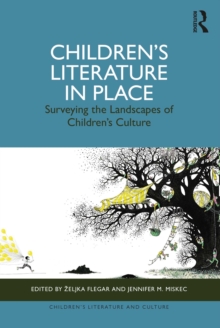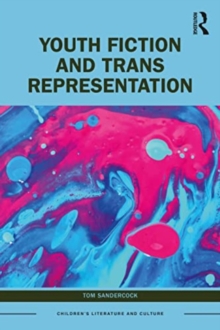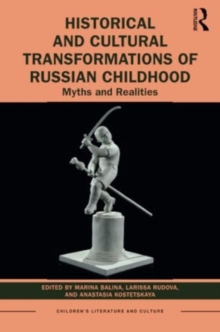
Constructing Adolescence in Fantastic Realism EPUB
by Alison (Bath Spa University, UK) Waller
Part of the Children's Literature and Culture series
EPUB
Description
Constructing Adolescence in Fantastic Realism examines those fundamental themes which inform our understanding of "the teenager"—themes that emerge in both literary and cultural contexts.
Models of adolescence do not arise solely from discourses of psychology, sociology, and education.
Rather, these models—frameworks including developmentalism, identity formation, social agency, and subjectivity in cultural space—can also be found represented symbolically in fantastic tropes such as metamorphosis, time-slip, hauntings, doppelgangers, invisibility, magic gifts, and witchcraft.
These are the incredible, supernatural, and magical elements that invade the everyday and diurnal world of fantastic realism. In this original study, Alison Waller proposes a new critical term to categorize a popular and established genre in literature for teenagers: young adult fantastic realism.
Though fantastic realism plays a crucial part in the short history of young adult literature, up until now this genre has typically been overlooked or subsumed into the wider class of fantasy.
Touching on well-known authors including Robert Cormier, Melvin Burgess, Gillian Cross, Margaret Mahy, K.M.
Peyton and Robert Westall, as well as previously unexamined writers, Waller explores the themes and ideological perspectives embedded in fantastic realist novels in order to ask whether parallel realities and fantastic identities produce forms of adolescence that are dynamic and subversive.
One of the first studies to deal with late twentieth-century fantastic literature for young adults, this book makes a valuable contribution to our understanding of adult attitudes toward adolescent identity.
Information
-
Download - Immediately Available
- Format:EPUB
- Pages:240 pages
- Publisher:Taylor & Francis Ltd
- Publication Date:22/12/2010
- Category:
- ISBN:9781135904623
Information
-
Download - Immediately Available
- Format:EPUB
- Pages:240 pages
- Publisher:Taylor & Francis Ltd
- Publication Date:22/12/2010
- Category:
- ISBN:9781135904623










